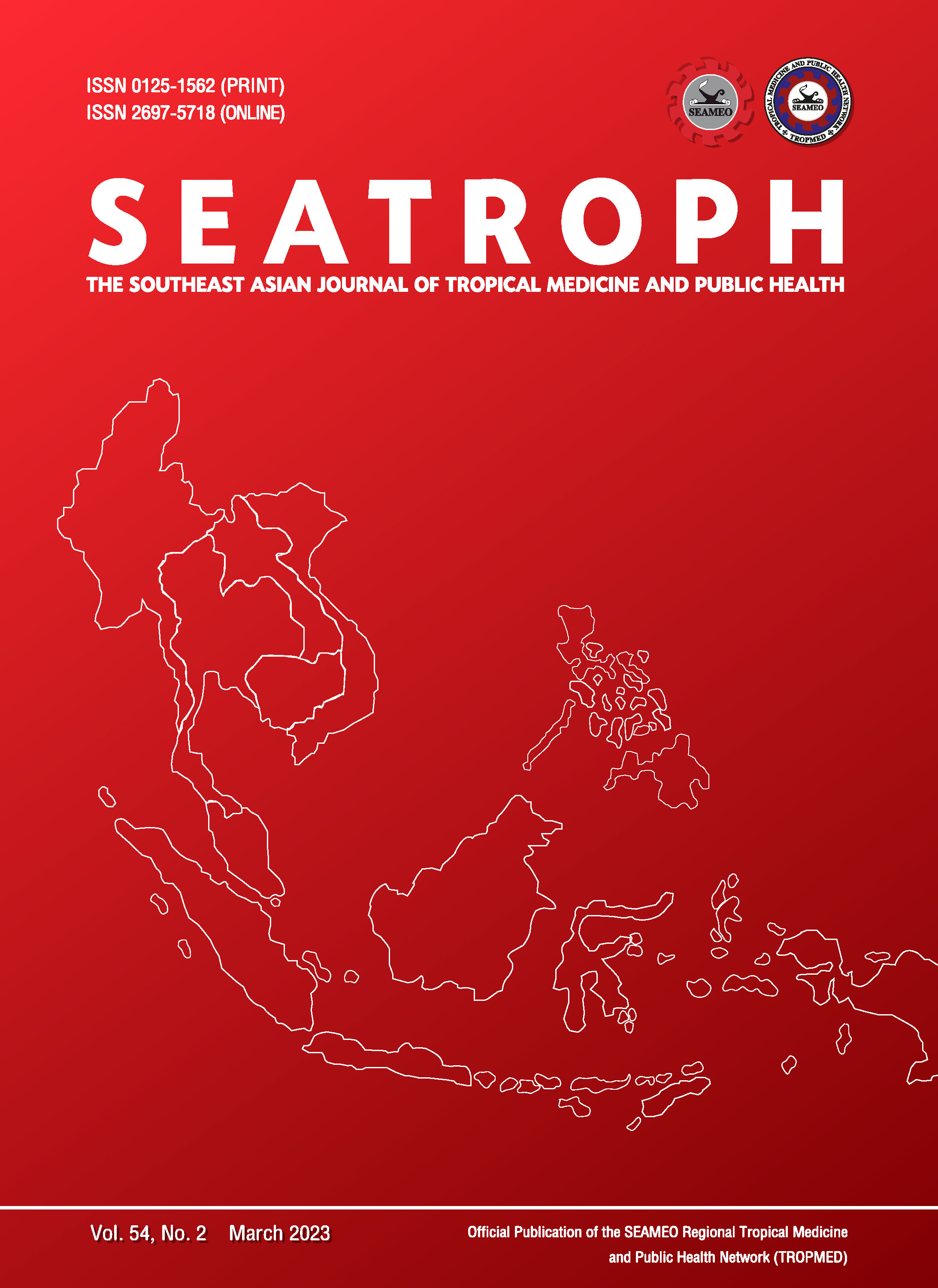HYDATID CYSTS FERTILITY AND ECHINOCOCCUS PROTOSCOLECES VIABILITY IN BUFFALOS, CATTLE AND SHEEP CARCASSES AT A SLAUGHTERHOUSE, TABRIZ, IRAN
Keywords:
hydatidosis, protoscolex, sheep, cattle, buffaloAbstract
Echinococcus hydatid cysts are a public health and veterinary concern. In order to determine hydatidosis prevalence and the effects of age, sex and season, lung and liver of animals (n = 10,355) at a slaughterhouse, Tabriz, Iran were inspected between April 2017 and March 2018. Hydatid cysts were found in 325/4,000 (8.1%) cattle, 35/335 (10.4%) buffalos and 1,580/6,000 (26.3%) sheep. The prevalence of hydatid cysts increased with age of cattle (p-value <0.05) and was higher in female compared to male sheep and cattle (p-value <0.05). The season of the year only affected prevalence in sheep, being highest in winter (31.4%) (p-value <0.05) possibly due to differences in grazing patterns compared to cattle and buffalo. The presence of protoscoleces in cyst aspirate was used to assess its fertility, being 34/65 (52%), 33/175 (19%) and 114/196 (58%) in buffalos, cattle and sheep, respectively. Based on an eosin exclusion assay, viable protoscoleces from buffalos, cattle and sheep were 18, 24 and 42%, respectively. The results indicate in Tabriz, Iran cattle and buffalos played a major role in disease transmission, but sheep were the more important intermediate host based on prevalence, cyst fertility and protoscolex viability.




